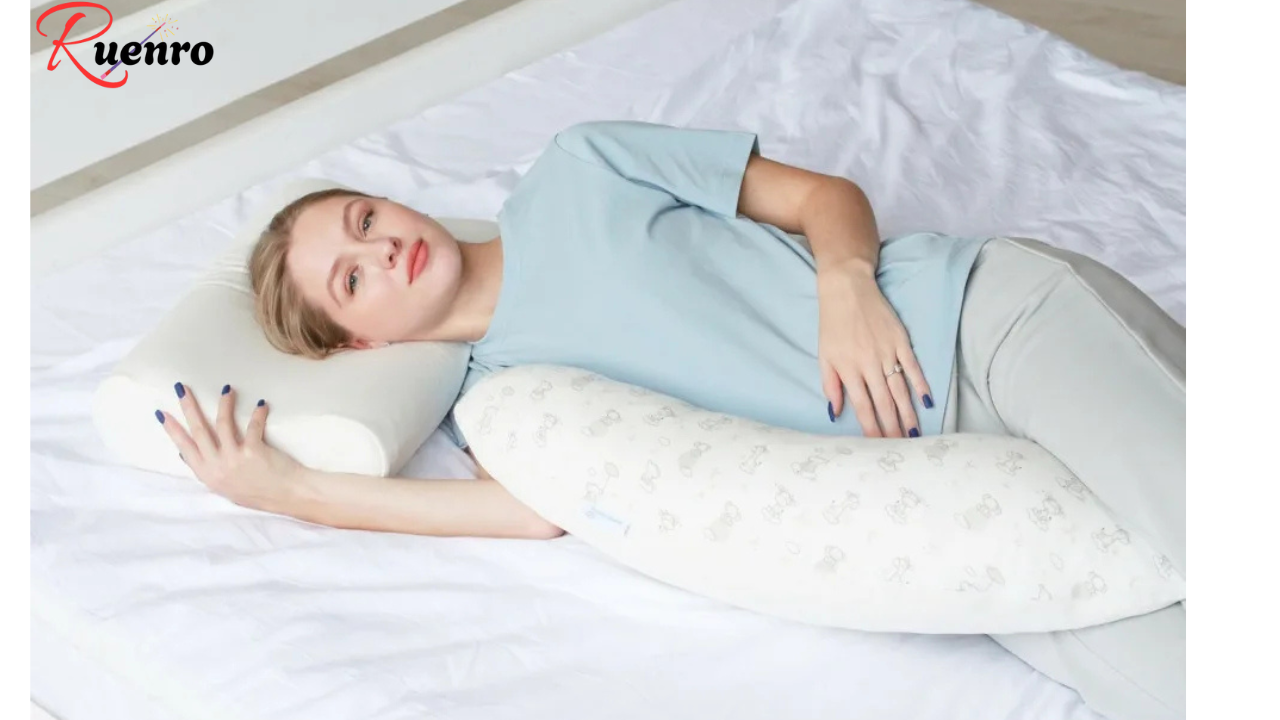How Your Sleeping Position Affects Your Health
We spend about one-third of our lives sleeping — but have you ever stopped to think about how you sleep and what it might be doing to your body? Your sleeping position doesn’t just determine how rested you feel in the morning — it can also affect your spine, digestion, circulation, breathing, and even the health of your skin.
Whether you’re a side sleeper, a back sleeper, or someone who sprawls face-down across the bed, your sleep posture has surprising effects on your overall health. Let’s explore what science says about each sleeping position and how to make the most of it.
🛌 1. Sleeping on Your Back (The Supine Position)
✅ Benefits:
Sleeping on your back is often considered one of the healthiest positions because it keeps your spine, neck, and head aligned in a neutral position. This reduces pressure on your joints and minimizes back or neck pain.
- Protects the spine: The back position evenly distributes body weight, reducing tension in your shoulders and lower back.
- Prevents wrinkles and acne: Your face isn’t pressed into a pillow, which reduces friction and the buildup of bacteria that can cause breakouts.
- Reduces acid reflux: If you elevate your head slightly with a pillow, it helps prevent stomach acid from creeping up your esophagus.
⚠️ Drawbacks:
- Snoring and sleep apnea: This position can cause your tongue and soft palate to collapse to the back of your throat, making it harder to breathe.
- Not ideal during pregnancy: It can reduce blood flow to the heart and baby.
💡 Tip: If you snore or have mild sleep apnea, try sleeping on your back with your head elevated or use a wedge pillow to keep your airways open.
🤰 2. Sleeping on Your Left Side
✅ Benefits:
Sleeping on your left side is often recommended by doctors for better digestion and circulation.
- Improves digestion: The stomach and pancreas naturally hang to the left side. Sleeping this way helps food and waste move more easily through your system.
- Reduces heartburn and acid reflux: Gravity helps keep stomach acid from flowing upward.
- Enhances heart health: This position improves blood flow and may relieve pressure on the heart.
- Best position for pregnancy: It increases blood flow to the fetus, uterus, and kidneys, while keeping pressure off the liver.
⚠️ Drawbacks:
- Can strain the shoulder and hip: Constantly sleeping on one side may cause stiffness or pain.
- Wrinkles: The face pressed against the pillow can cause fine lines over time.
💡 Tip: Use a firm pillow between your knees to align your hips and reduce pressure on your spine.
😴 3. Sleeping on Your Right Side
✅ Benefits:
This position also supports spinal alignment and helps reduce snoring for some people.
- May reduce snoring: Lying on your side keeps your airways more open than back-sleeping.
- Comfortable during late pregnancy: When left-side sleeping isn’t comfortable, switching to the right side occasionally helps relieve hip pressure.
⚠️ Drawbacks:
- Can worsen heartburn: The right side can relax the lower esophageal sphincter, allowing stomach acid to flow upward.
- Not ideal for heart health: It can slightly compress the right lung and put more pressure on the heart.
💡 Tip: If you must sleep on your right side, keep your upper body slightly elevated to reduce reflux.
🤸♀️ 4. Sleeping in the Fetal Position
Many people naturally curl up on their side with knees drawn toward the chest — the fetal position. It’s cozy and comforting, but not without some consequences.
✅ Benefits:
- Good for lower back pain: Slightly bending your knees can relieve pressure on the spine.
- Ideal during pregnancy: It improves circulation and relieves pressure from the uterus.
- Reduces snoring: Keeps airways open compared to back-sleeping.
⚠️ Drawbacks:
- Restricts breathing: Curling too tightly can limit diaphragm movement, leading to shallow breathing.
- Joint stiffness: Keeping your knees pulled up for long periods may cause morning soreness.
- Can cause wrinkles: Face compression against the pillow increases skin creasing over time.
💡 Tip: Keep your body relaxed, with knees slightly bent instead of tightly curled. Use a supportive pillow to maintain spinal alignment.
🌙 5. Sleeping on Your Stomach (The Prone Position)
✅ Benefits:
- Reduces snoring: Sleeping face-down can help keep airways open.
- May ease mild sleep apnea: It prevents tongue collapse, which can improve airflow for some people.
⚠️ Major Drawbacks:
- Neck and back strain: Sleeping on your stomach forces your neck to twist to one side and flattens the spine’s natural curve.
- Wrinkles and acne: Constant face contact with the pillow causes friction and pressure on the skin.
- Numbness or tingling: It can compress nerves, leading to arm or shoulder discomfort.
💡 Tip: If you can’t sleep any other way, use a thin pillow (or no pillow) under your head and place another under your hips to reduce spine strain.
💤 6. Sleeping Positions for Specific Health Issues
Depending on your health condition, your ideal sleeping position might vary:
| Condition | Best Sleeping Position | Why It Helps |
|---|---|---|
| Acid reflux / GERD | Left side with head elevated | Prevents stomach acid from rising |
| Snoring / Sleep apnea | Side-sleeping | Keeps airways open |
| Back pain | Back with a pillow under knees | Maintains spinal alignment |
| Neck pain | Back or side with supportive pillow | Reduces pressure on neck muscles |
| Pregnancy | Left side with pillow between knees | Improves circulation and comfort |
| Heart issues | Left side | Reduces pressure on heart and improves blood flow |
🧠 The Hidden Connection Between Sleep Posture and Mental Health
Your sleeping position doesn’t just affect your body — it can also influence your mood and stress levels. Studies suggest that people who sleep in an open, stretched-out position often wake up feeling more confident and relaxed, while those who sleep in tight, curled-up positions may feel more anxious or tense.
Your brain continues processing emotions during sleep, and comfort plays a big role in how rested and emotionally balanced you feel in the morning.
🛏️ Tips for Improving Sleep Posture
If you wake up sore or unrested, you might need to adjust your sleeping position or your sleep setup.
✅ Invest in a supportive mattress: Medium-firm mattresses are best for spinal alignment.
✅ Choose the right pillow: Your pillow should fill the gap between your head and shoulders to keep your spine straight.
✅ Stretch before bed: Light stretches can relieve tension in your back and hips.
✅ Try body pillows: They support your spine and help you stay in a healthy side-sleeping position.
✅ Be consistent: It may take time to train your body to sleep in a new position, but consistency helps.
🌤️ Final Thoughts
There’s no “one-size-fits-all” sleeping position — what matters most is how your body feels when you wake up. However, being aware of how your preferred position affects your spine, breathing, skin, and digestion can help you make small adjustments that lead to better sleep and overall health.
Whether you prefer the back, side, or even the fetal position, a few tweaks — like adding the right pillows or adjusting your posture — can make a world of difference. After all, the way you sleep tonight shapes how you feel tomorrow.



